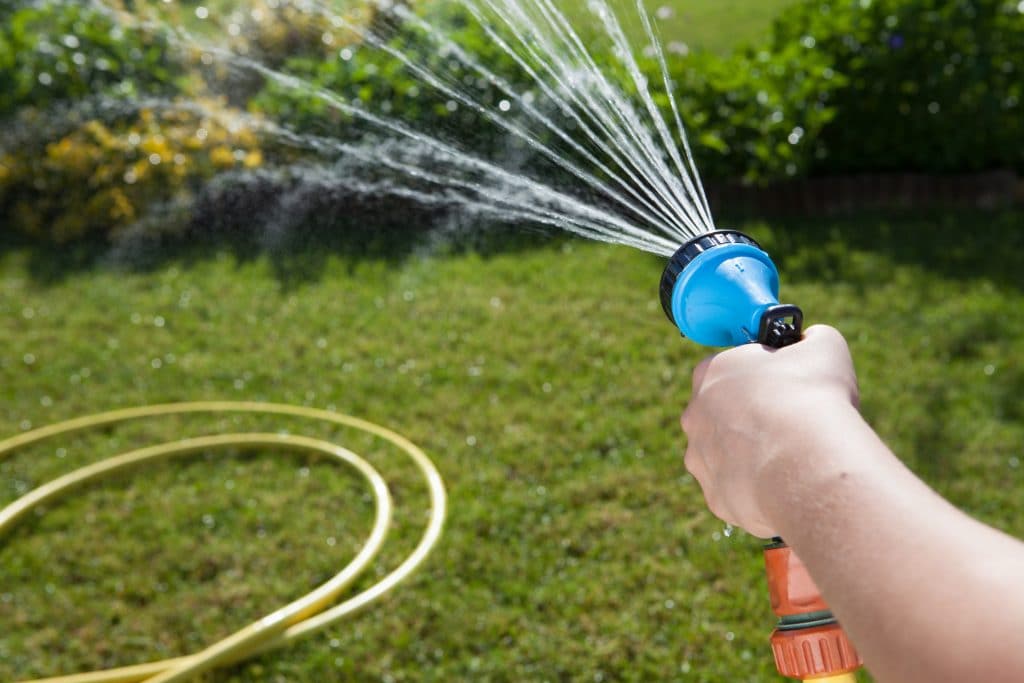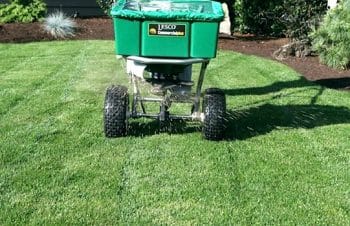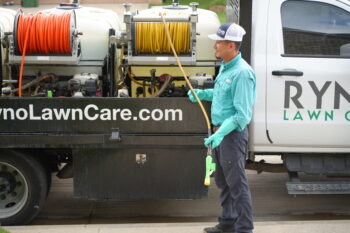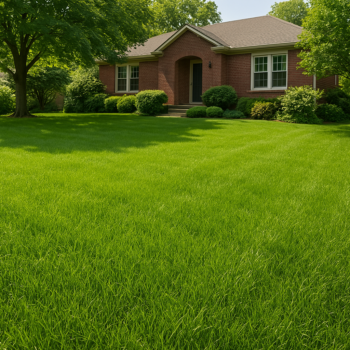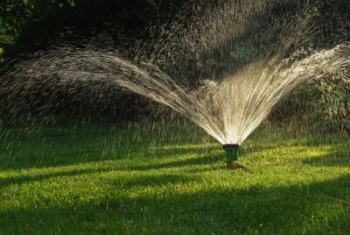 So, it’s summertime. The weather is a solid 100° Fahrenheit. You’re feeling pretty hot inside your house.
So, it’s summertime. The weather is a solid 100° Fahrenheit. You’re feeling pretty hot inside your house.
Naturally, that makes you feel bad for your precious lawn that’s outside burning in the sun. You decide to leave the sprinkler on to keep them hydrated. However, is this the best thing for your grass?
There are many hazards to overwatering your lawn:
- Shallow Root System
- Risk of Fungal Infection
- Wasting of Water
If you’re wondering how much you should water your lawn here in the North Texas region when it’s scalding hot outside, you’re at just the right place.
Let’s talk about why overwatering is bad for your lawn.
Shallow Root System
By overwatering, you’re damaging the root system of your lawn and making it extremely shallow. This is because the roots don’t have to struggle themselves to reach for water deep into the soil.
Thus, they remain underdeveloped, growing only just beneath the soil’s surface. Many experts agree that letting your lawn get a little thirsty is a great way to keep it strong and resilient against drought and pests.
This might not seem like a good deal simply for the hardiness of your overall root system. But that isn’t the only problem. Shallow roots also render your lawn more susceptible to insect damage.
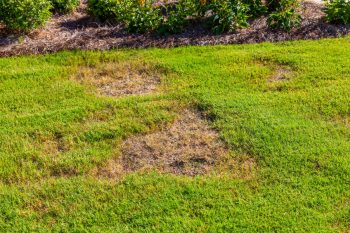
Risk of Fungal Infection
When you’re overwatering St. Augustine, Zoysia grass, and Bermuda grass, you’re severely increasing the likelihood of fungal infections.
Fungal infections use moisture to reproduce within your soil. If you’re giving the roots more water than they need, especially without proper drainage, fungal infections are inevitable.
There are many fungal lawn diseases that our favorite turf grasses are susceptible to, most of which are preventable. Learn more in our detailed article about North Texas Lawn Diseases.
Wasting Water
This hazard is pretty obvious. When you’re overwatering plants in the Texas heat, you’re not giving all that water to the lawn.
Even if you’re following an appropriate irrigation schedule, you’re still using more of this resource than necessary. Plus, some level of loss will still occur in the summer heat, even early or late in the day.
Excessive watering risks the upper layers evaporating even before the lower layers are absorbed. Again, this is wasteful and certainly isn’t doing your grass any favors!
How Much Should You Water Your Lawn in North Texas?
The isn’t a single answer that would suit all lawns. But generally, your lawn should remain on the thirstier side.
When you make water scarce like a natural rainfall, you’re forcing the lawn to grow deeper and deeper roots to search for water. Keeping lawns thirsty may seem like a cruel thing to do, but it actually makes your lawn healthier and more resilient.
For more thorough information on how and when to water your Texas lawn, check out our Lawn Watering Guide.
Closing Thoughts
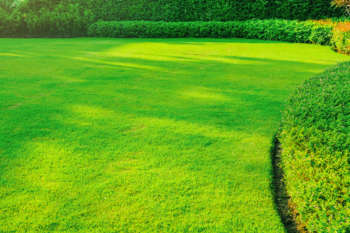
If you’ve constantly been overwatering your lawn and have damaged it to the point that you need help fixing it, you should definitely give Ryno Lawn Care a call.
We’re experts in the field of professional lawn care and have dealt with practically every issue your lawn can face. Give us a call today, and we’ll fix that lawn up in no time!

